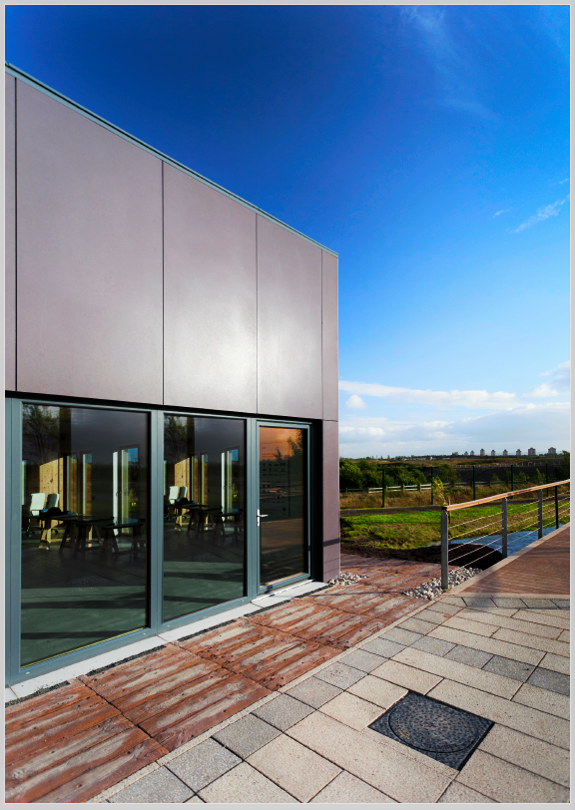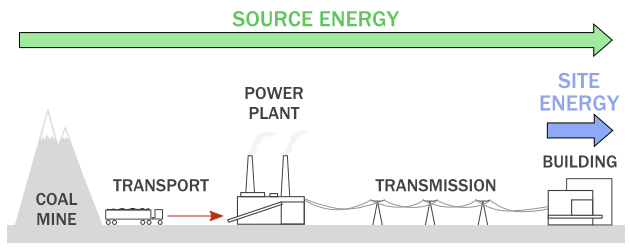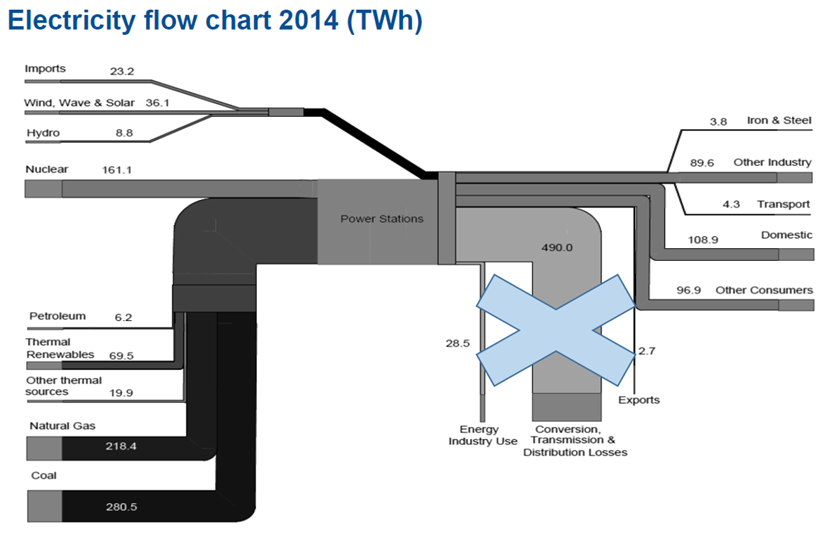Background
BRE Innovation Park @ Ravenscraig
The BRE Scotland Innovation Park is located on the site of the Ravenscraig Regeneration development on the edge of Glasgow and was officially opened on 5 September 2012.
Developed under the themes of energy, sustainability, affordability and community, this two-acre park is a demonstration development showcasing how the future of sustainable housing might look. More specifically, the Innovation Park at Ravenscraig aims to address the future accommodation needs and domestic energy requirements for Scotland, by deploying a variety of innovative products and building systems for an efficient and affordable Scottish housing.
The role of the BRE Innovation Park is to inform the industry and policy makers on the viability of construction innovations that can deliver improved performance and true sustainability within the built environment.


BRE Innovation Park @ Ravenscraig
The Visitor Centre was the first building constructed on the Innovation Park. This single storey, open plan building is a working office, occupied by permanent BRE Scotland staff and acts as the first point of contact for all visitors to the Park. In addition, the flexible open plan floor space can be set up for a variety of meetings, seminars, exhibitions and events.
The Visitor Center is a high performance building in its own right, featuring innovative technologies and construction methods, including a highly insulated building fabric, zoned lighting and heating systems, and low carbon efficient supply technologies, to be sustainable and cost-efficient over its lifetime. These innovative features and low energy design are showcased to a variety of audiences, while tours of the park are also available, if booked in advance.
With regards to its construction, it utilised an off-site manufacturing process which allowed for fast on-site craned erection and safer assembly. Below is a short length film, produced by BRE Scotland, showing the construction of the Visitor Centre.
Overall, the Visitor Centre acts as demonstration and testing building to determine and display how effectively various products, materials and technologies operate in a live working environment. The purpose of this development is to research and disseminate results to inform the wider construction industry.

Zero Energy Buildings
Energy use in buildings worldwide accounts for over 40% of primary energy use and 24% of greenhouse gas emissions. Energy use and emissions include both direct, on-site use of fossil fuels as well as indirect use from electricity, heating/cooling systems and embodied energy in construction materials.
Given the global challenges related to climate change and resource shortages, much more is required than incremental increases in energy efficiency. Currently, a prominent vision proposes so called "net zero energy" buildings.
A zero energy building (ZEB) is a residential or commercial building that can meet its energy requirements from low-cost, locally available, nonpolluting, renewable sources. More specifically, a Net Zero Energy Building (NZEB) generates enough renewable energy on site to equal or exceed its annual energy use.
A ZEB can be defined in several ways, depending on the metric and the boundary. Our project investigates two NZEB targets: a Net Zero Site Energy building and a Net Zero Source Energy building.
Net Zero Site Energy Building:
In this type of ZEB, the amount of energy generated by on-site renewable sources completely offsets the amount of site energy used by the building. Site Energy refers to the energy consumed at a site (e.g. a building), regardless of where or how that energy originated. Demand and supply are not temporarily matched but balance over a year.
Net Zero Source Energy Building:
In this type of ZEB, the amount of energy generated by on-site renewable sources completely offsets the source energy demands of the building. Source energy refers to the primary energy used to generate and deliver the energy to the site; it incorporates all transmission, delivery, and production losses. Similarly, demand and supply are not temporarily matched but balance over a year.

The appropriateness of each definition varies with the project goals and the values of the stakeholders. For example, organizations concerned with energy numbers and environmental performance focus on source energy. A building designer may be interested in site energy use. Building owners are more interested in energy costs. Depending on the ZEB definition, the results and the building design can vary substantially.
Keeping track of energy use is important, not only for budgeting purposes but to establish benchmarks that are used to gauge future reductions in energy usage. In order to evaluate energy use and how to increase its production and delivery efficiency it is important to identify the difference between these types of energy and also the link between them.
In order to reduce the amount of site energy used, it is important to identify inefficiencies in the equipment that uses the received power and either adjust the equipment operation or purchase more efficient equipment. Reductions in the source energy require more drastic measures, such as improving the efficiency of power plants and the quality of fuels, reducing transmission losses, or increasing the percentage of renewables in the supply mix.
Source-Site ratio
Site energy can easily be calculated by on-site measurements and is reflected in our utility bills. To calculate a building's total source energy consumption, a site-to-source conversion factor needs to be determined.
It is most equitable to employ these source-site ratios at the national level. The use of national source-site ratios ensures that no specific building will be credited (or penalized) for the relative efficiency of its utility provider or its geographic location. Conversion factors vary greatly by geographic region, season, or even hour of the day as the power mix is constantly changing in order to meet the load.
It should be noted that if the fraction of energy coming from renewables is continuously increasing, making the grid "greener", the site-to-source ratio will drop, since these energy sources have a site-to-source ratio of nearly one.
Grid Connection Is Allowed and Necessary for Energy Balances
A Zero Energy Building can still be connected to the grid and use traditional energy sources (e.g. electric and natural gas) when energy from on-site renewable generation is not adequate to meet its loads. Conversely, when onsite generation exceeds the building's loads, the energy surplus can be exported from the building into the utility grid, where allowed by law. In this approach, excess energy production balances later periods of excess demand, giving a net energy consumption of zero. Achieving a ZEB without the grid to account for energy balance would be very difficult, due to the typically high mismatch between local generation and demand, and to technology and cost limitations of energy storage.
Calculating the Source Energy Use
For the needs of our project, we had to estimate the UK average site-to-source conversion factor. According to the national statistics for electricity production, it is clear that the UK is largely powered by fossil fuels, mainly natural gas, about 30% in 2014, and 29% by highly polluting coal plants. In 2014, less than 20% of the grid was powered from renewable energy and 19% of electricity was coming from nuclear power. Oil and other sources made up 2.5% of the primary energy for electricity.

The required source-site ratio was calculated using the DUKES energy data. The figure below demonstrates the flows of electricity from fuel inputs through to consumption for 2014.
It represents the flow of primary fuels from the point at which they become available for the production of electricity (on the left) to the eventual final use of the electricity produced or imported (on the right) as well as the energy lost in conversion, transmission and distribution.
In our project, we used the electricity flow charts resourced for the period 2010-2014. After the total amounts of source and site energy were determined, we evaluated the average source-to-site-ratio. An overall site-to-source conversion factor of 2.67 was found for the UK.